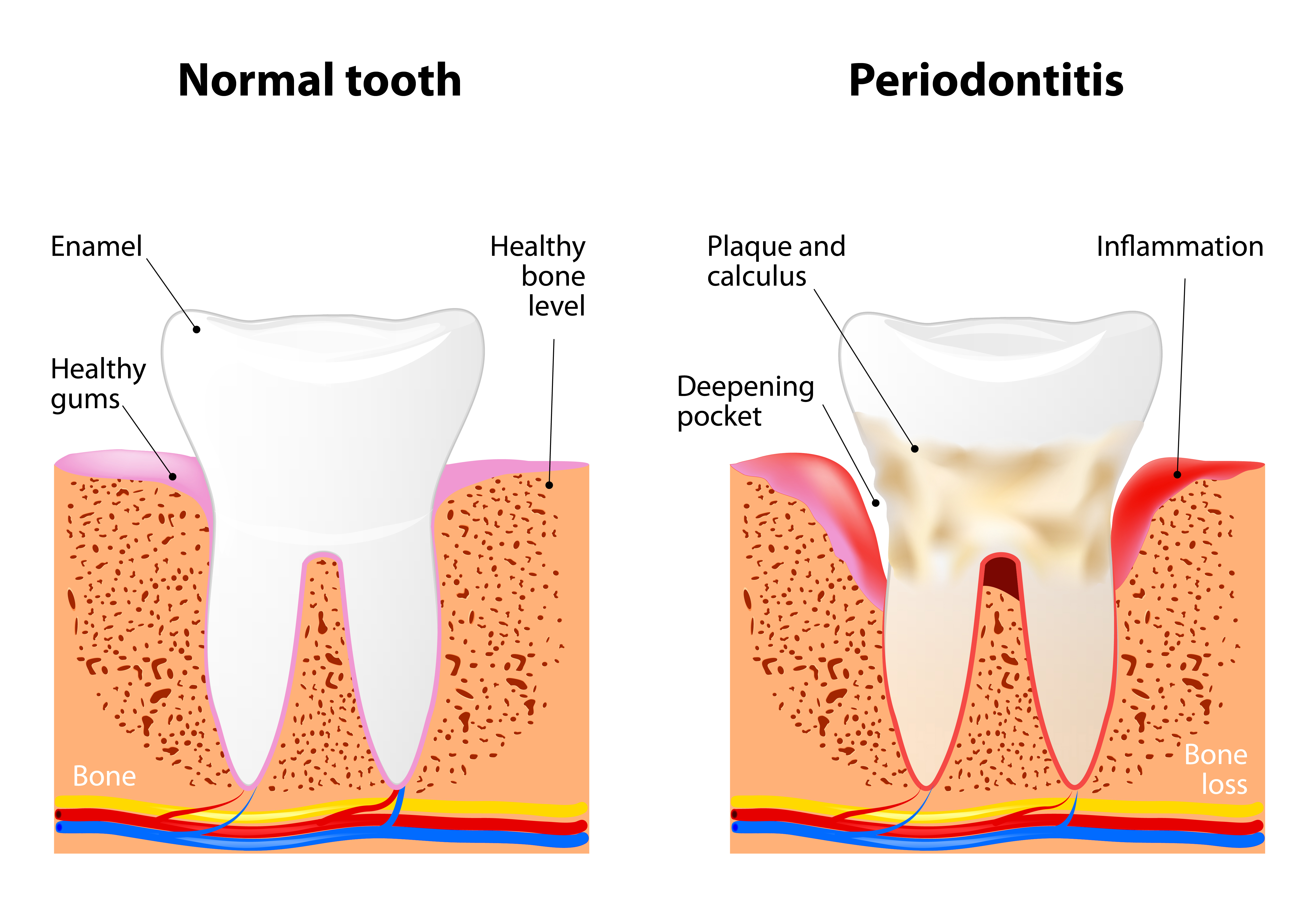A healthy smile is one of our most beautiful assets. We start with a thorough oral cancer screening, and then record your existing fillings. A complete periodontal exam is next, including measuring your pocket depths, recording points of bleeding, if any, and measuring recession, also known as root exposure. The last step in the periodontal exam is checking for furcation involvement, basically feeling around the molars in the area where the roots naturally start to divide. We observe the color of your gums, and check for inflammation, and if any swelling is present. We also look for tartar build up, known as calculus. We gather this information so that we have a complete picture as to the state of your oral health. At the end, we use this information to determine what the best course of action is for your individual treatment needs.
We care about your health! We have state of the art digital radiography technology. Radiation from digital x-rays cuts our exposure risk down to as little as 10% of what the older film based technology provided. We are conservative with our x-ray schedules, as well. A full mouth is taken once every 5 years and Bitewings are taken yearly or every 2 years, depending on your individual needs. We also care about our own health, and wear dosimetry badges to monitor our own risk to occupational exposure.
Professional dental cleanings (dental prophylaxis) are performed in our office by a Registered Dental Hygienist (RDH). Your cleaning appointment will include a dental exam and the following: Removal of calculus (tartar): Calculus is hardened plaque that has been left on the tooth for some time and is now firmly attached to the tooth surface. Calculus forms above and below the gum line and can only be removed with special dental instruments. Removal of plaque: Plaque is a sticky, almost invisible film that forms on the teeth. It is a growing colony of living bacteria, food debris and saliva. The bacteria produce toxins (poisons) that inflame the gums. This inflammation is the start of periodontal disease! Teeth polishing: Remove stain and plaque that is not otherwise removed during tooth brushing and scaling.
Some cases of acute periodontal (gum) disease that do not respond to more conventional treatment and self-care such as flossing may require a special kind of cleaning called scaling and root planing. The procedure begins with administration of a local anesthetic to reduce any discomfort. Then, a small instrument called a "scaler," or an ultrasonic cleaner, is used to clean beneath your gum line to remove plaque and tartar. The root surfaces on the tooth are then planed and smoothed. This lets the gum tissue heal and reattach itself to the tooth.
